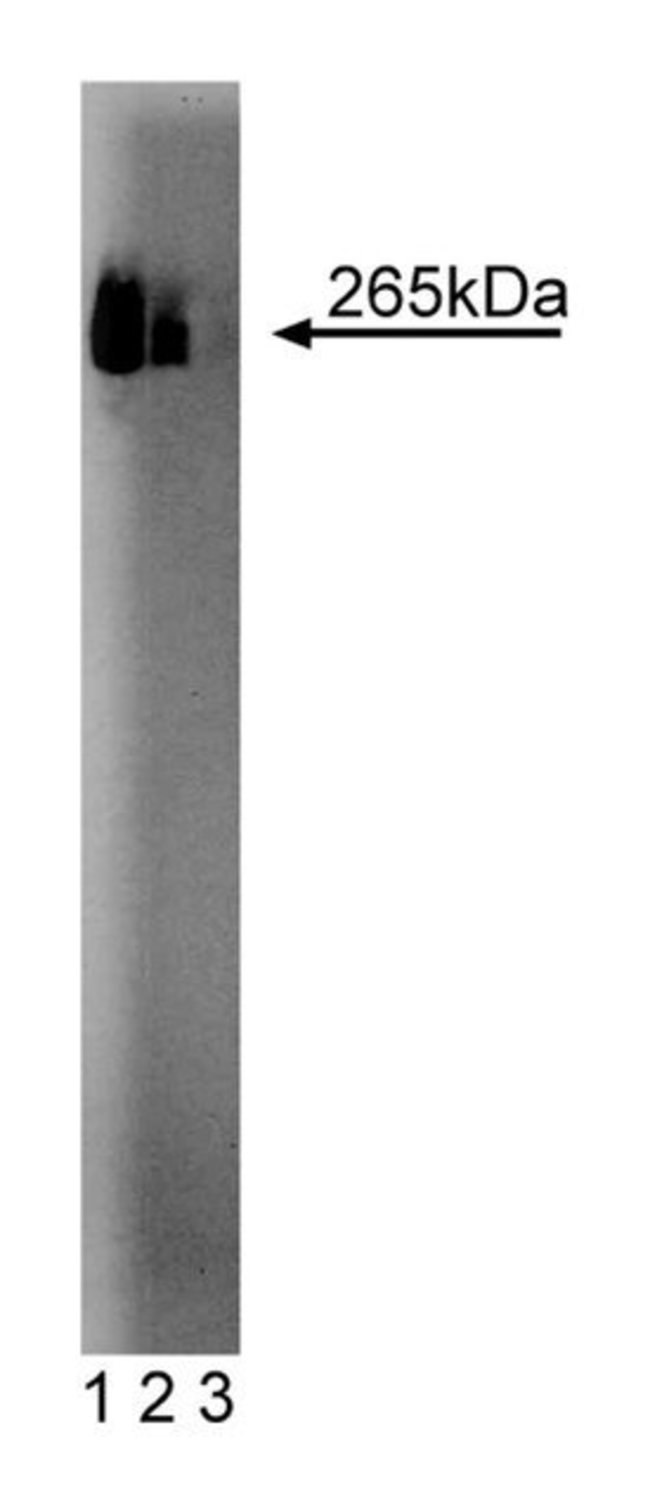Fatty Acid Synthase Mouse, Unlabeled, Clone: 23, BD, Mouse Monoclonal Antibody, Each

Details:
Fatty acid biosynthesis occurs in all living organisms and provides essential components of biological membranes as well as a form of energy storage. Animal fatty acid synthase (FAS) is a multifunctional enzyme that catalyzes the synthesis of long-chain fatty acids via sequential condensation of two-carbon units from malonyl-CoA, an intermediate derived from the carboxylation of Acetyl-CoA. FAS is a homodimer of a multifunctional subunit protein that contains seven distinct activities and a site for the prosthetic group 4'-phosphopantetheine (acyl carrier protein). These domains are oriented from N-terminus to C-terminus as follows: β-keto-acyl synthase, acetyl and malonyl transacylases, enoyl reductase, ketoacyl reductase, acyl carrier protein, and thioesterase. Although all domains are found on each subunit, they are only active following the homodimerization of subunits in an antiparallel (head-to-tail) orientation. This juxtaposition and cooperation between domains forms two centers for acyl chain assembly. Alternative substrates and chain-terminating mechanisms allow for the production of a variety of fatty acids with different lengths and structures.Immunofluorescence, Western Blotting
Additional Information
| SKU | 10135212 |
|---|---|
| UOM | Each |
| UNSPSC | 12352203 |
| Manufacturer Part Number | 610963 |
